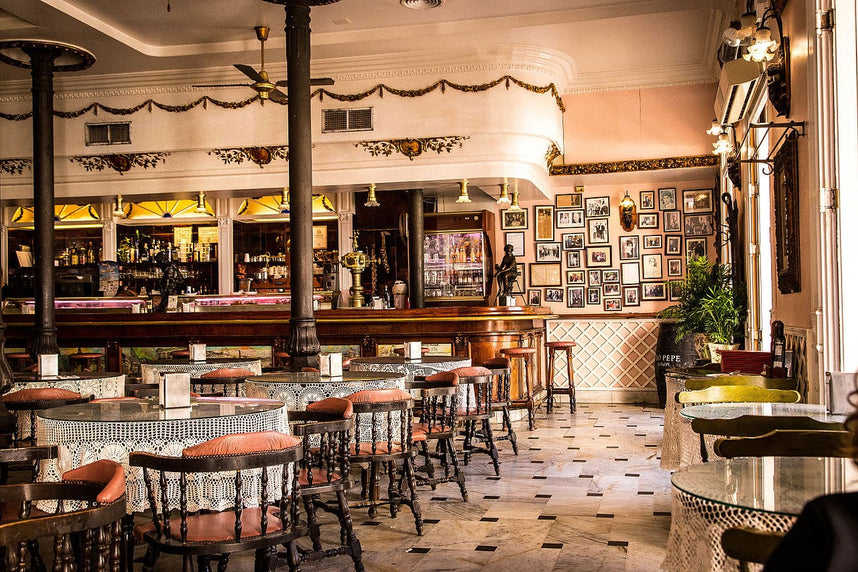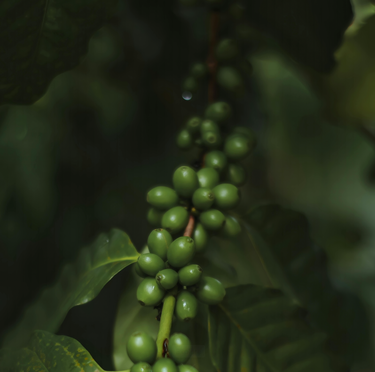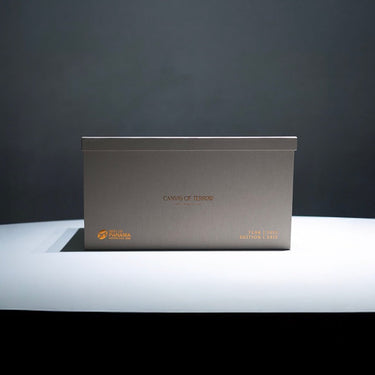As it looks increasingly likely many of us won’t get to a European country for our holidays this year, we thought we would continue with our theme of looking at the coffee culture in some of our favourite destinations, and this time it’s Spain.
Many people will lump the Portuguese, Italian and Spanish coffee cultures together as one amorphous Southern European blob. But there are subtle differences, we’ll explore these and how you can make a coffee the authentic Spanish way and how you can pretend you’re in Andalucia even if you are not leaving Abingdon.
Coffee Bean Choice for Spanish Coffee
Like the Italians, most coffees you’ll drink whilst in Spain will be derived from an Espresso. And for the perfect espresso, you’ll want a coffee that is bold and punchy. You may have noticed that Spanish coffee often tastes a little more bitter and this coffee is known as ‘Torrefacto’.
The Torrefacto method added was invented by adding sugar to the beans prior to roasting (the sugar preserved the beans, and became popular after the Spanish civil war where scarcity of coffee was a problem). Though the Torrefacto method is no longer in popular use in Spain the taste for bitter, acrid coffee has. So if you want to make coffee the Spanish way, make it strong.

Spanish coffee variants
You may have noticed when visiting Spain that drinks can vary from region to region. One thing will always be true however, ask for a ‘cafe solo’ and you’ll get an espresso. Go off-piste from the espresso and the lines will become a little blurred. A ‘Cafe con leche’ will be an espresso with milk and a ‘cortado’ will be an espresso with just a touch of the white stuff. Then there’s the ‘manchado’ which will be a cup of warmed milk with some espresso.
The Cortado coffee
For our money, the Cortado is the authentic Spanish coffee that we’ll be missing most this year. So here’s how to make the perfect one:
- Make your espresso shot (see our brewing guide for tips here)
- Using your steam wand, froth the milk. You want to go for equal parts milk to coffee for the perfect Cortado
- Pour your milk over the coffee and serve
If you want to go for the Authentic Spanish coffee shop flavour for your Cortado you could use some UHT milk which, like most southern European countries, tends to be the most widely used type. Now sit back and relax and imagine you’re not in Telford but Torremolinos.

The Evolution of Coffee Culture in Spain
Coffee first arrived in Spain in the 17th century, making its way from North Africa through maritime trade routes. At the time, it was an exotic novelty enjoyed by the upper classes. However, over the next few centuries, Spain developed a unique and vibrant coffee culture accessible to all sectors of society.
The Rise of the Café in 19th Century Spain
During the 19th century, elegant literary cafés became popular gathering places, especially in Madrid. Intellectuals, artists, politicians, and writers would meet to discuss ideas over coffee, turning cafés into hubs of culture and conversation. By the late 1800s, ornate café interiors featured marble tables, mirrors, and chandeliers, cementing cafés as fashionable locales.
Coffee's Place in Politics and Society
Coffeehouses played an important role in political and social life in 19th and 20th century Spain. Activists and revolutionaries used cafés as organizing venues where subversive ideas could percolate. In fact, the planning of the 1930 revolution began in Madrid’s cafés. Beyond politics, neighborhood cafés served as public living rooms where locals socialized.
Torrefacto - The Rise of Dark Roasts
After the Spanish Civil War in the 1930s, coffee shortages led to the widespread use of "torrefacto" coffee - coffee beans roasted with sugar to preserve them longer. This resulted in very dark, bitter roasts becoming the national preference. The torrefacto tradition continues today, defining the uniquely bold, intense style of Spanish coffee.
Traditional Brewing Methods
While espresso now dominates, various regional brewing methods shaped Spain’s coffee identity. In Andalusia, the macchinetta-style cafetera reigns supreme. In the Levantine region, the elaborate Turkish-style cezve method combining simmering and frothing creates an intensely flavored brew. Mallorcans use a french press-like cafetera de bol for a strong, aromatic cup.
The Evolution of Coffee Culture
From literary cafés to political hubs and neighborhood gathering spots, Spain’s vibrant coffee culture has long been an integral part of daily social life. Once an elite delicacy, coffee is now a national staple enjoyed from the gritty corners of working-class Madrid to the quaint plazas of provincial villages. The tradition is continuously evolving, but quality coffee beans and conversation remain at its heart.
RAVE About Spanish Coffee
At Rave Coffee, we are dedicated to continuing the rich Spanish coffee tradition by sourcing high quality beans, perfecting artisanal roasting techniques, and sharing our passion for creating the perfect cup.
Our bold, intense coffee profiles pay homage to Spain's torrefacto history while also adapting to modern tastes. We offer a range of single-origin and blended roasts to suit all preferences, from the darkly roasted styles favored in Spain to lighter, fruitier options.
Yet no matter the roast profile, our beans are always fresh, ethical, and expertly crafted for peak flavor and aroma. So join us on our journey to bring a taste of Spain to coffee lovers everywhere. From the farm to the roaster to your cup, we are committed to exceptional coffee experiences inspired by Spain's café culture. ¡Salud!






